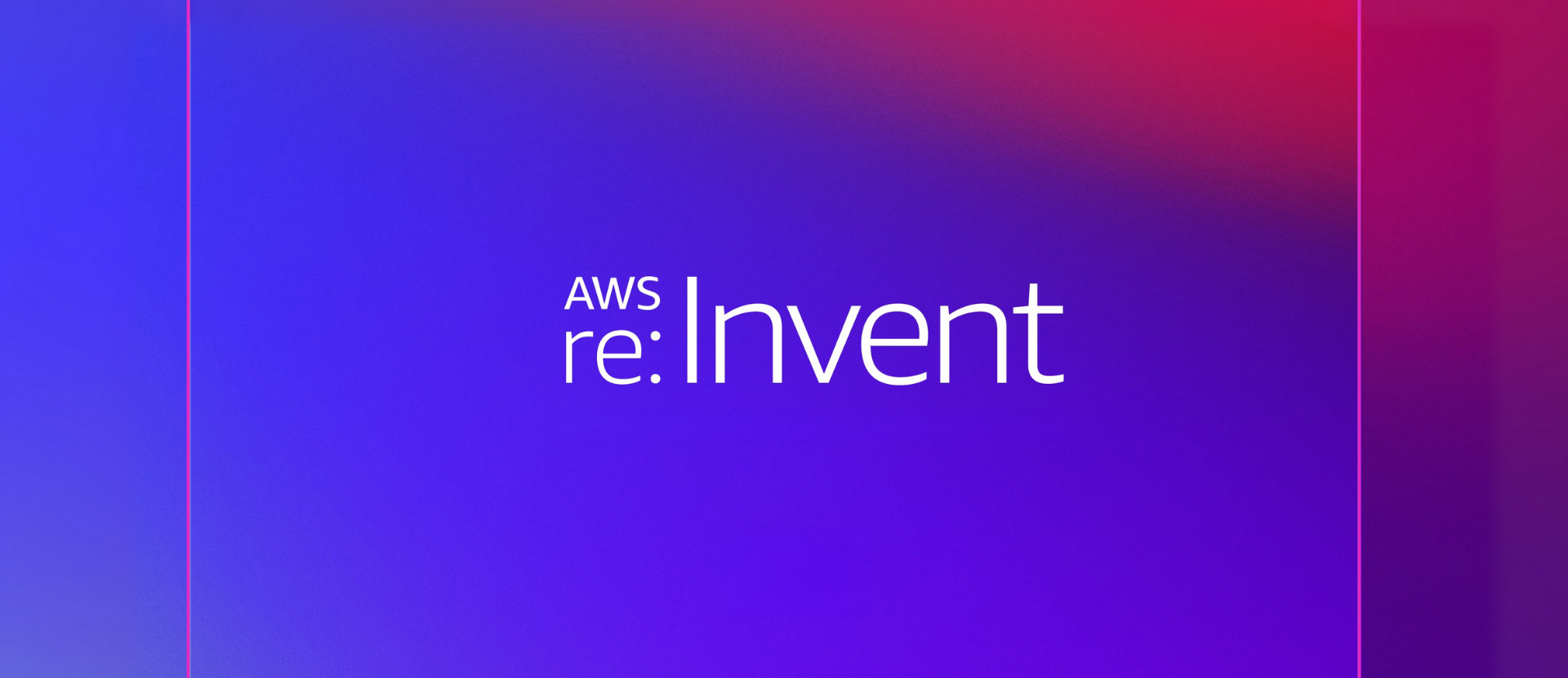Plenty of platforms claim multisite capabilities. But not all implementations are equal. Some come as an afterthought, others require a patchwork of modules or extensions. The strength of WordPress Multisite lies in its native, baked-in architecture. With a single core installation, it supports an entire network of sites — unified or decentralized, brand-connected or completely independent — without spiralling complexity.
With so many CMS platforms promising scalability and flexibility, it’s easy to get caught up in the feature checklists. But WordPress Multisite continues to stand out not because it’s the most familiar option, but because its architecture holds up under real-world pressure. From complex university networks to large media publishers and distributed brand ecosystems, it consistently delivers. The question is: how does it stack up when compared head-to-head with other platforms claiming multisite capabilities?
This post doesn’t rehash what WordPress Multisite is or how it works — that ground’s been well covered. Instead, we’re pulling back the curtain on how it actually performs in real-world scenarios compared to enterprise and SaaS competitors like Drupal, Joomla, Webflow, Wix, Sitecore, and Adobe Experience Manager (AEM).
Let’s dig in.
A True Core-Embedded Multisite Architecture
The WordPress Approach
Unlike many CMS platforms that offer multisite functionality through modules or external configurations, WordPress Multisite is embedded directly into core. This isn’t an add-on; it’s part of the DNA.
A single installation supports multiple sites, all sharing the same codebase while allowing for granular control over users, themes, and plugins. Whether it’s five sites or five hundred, the structure holds steady. There’s no need to sync separate instances or patch modules together.
The Others
- Drupal requires advanced configuration using the Domain Access module or full multisite installations managed via Composer. This demands DevOps overhead and often results in siloed site structures.
- Joomla lacks a native multisite architecture. Third-party extensions try to fill the gap, but often introduce compatibility and support risks.
- AEM and Sitecore offer powerful multi-site tools, but with the caveat of complex setup, steep learning curves, and hefty licensing costs.
- Webflow and Wix don’t offer true multisite functionality. What they provide is workspace-level project management, which means separate sites in a dashboard, but no centralized governance or content sharing.
Simple Administration Without Sacrificing Power
WordPress provides a centralized network admin interface, allowing you to manage all sites, users, themes, and plugins from a single location. Super Admins can maintain global consistency while providing individual site admins with enough flexibility to operate within their own sandbox.
AEM and Sitecore can provide centralized control, but it’s rarely as intuitive. In fact, these platforms often require full-time product owners or certified admins to maintain even basic workflows.
With Webflow, each site is treated as an isolated project. There’s no concept of shared themes or templates unless cloned manually.
Shared Codebase, Isolated Content
WordPress Multisite strikes a unique sweet spot: all sites share the same code, yet maintain separate databases for their content. This ensures:
- Easier maintenance and updates
- Shared themes and plugins
- Content isolation for security and editorial autonomy
In contrast:
- Drupal multisite requires entirely separate codebases unless complex build tools are used.
- Joomla’s third-party solutions often struggle with update compatibility across sites.
- Webflow and Wix offer no shared environment; each site is standalone.
Flexible Permissions and Scalable Governance
For organizations managing dozens of teams or departments, role-based access is critical. WordPress offers fine-grained user permissions at both the site and network levels. Add in custom roles, identity integrations like OAuth or SAP CDC, and you’ve got enterprise-grade identity orchestration without the enterprise-grade headache.
Compare this to Sitecore or AEM, where managing roles can feel more like configuring an ERP system than a CMS.
Built-In Extensibility and a Massive Ecosystem
WordPress has over 60,000 plugins and a mature API surface that makes customization seamless. Need a custom CRM integration across your entire network? Build it once and deploy across all sites. Want to isolate specific plugins for certain teams? No problem.
In contrast:
- AEM relies on Java developers and bespoke modules.
- Sitecore often requires vendor-locked modules or license-based feature unlocks.
- Webflow and Wix provide limited extensibility and don’t allow backend logic unless integrated through third-party tools.
Content Syndication Capabilities
With Multisite, it’s possible to syndicate content across a network using native APIs, shared taxonomies, or plugins designed for content mirroring. This is essential for media networks and universities with shared calendars, announcements, or faculty bios.
Most other platforms require external orchestration to achieve this, often involving custom API integrations and extensive middleware.
Performance That Grows With You
Multisite doesn’t mean sluggish. With object caching, edge CDN layers, and optimized database tables per site, performance can scale impressively, especially when paired with enterprise hosts like WordPress VIP or WP Engine.
Sitecore and AEM can also scale, but not without dedicated infrastructure teams. Webflow and Wix? Great for single-page sites or SMBs, but not built for volume or sustained traffic bursts.
Security and Access Control You Can Trust
WordPress Multisite enables centralized security patching, uniform plugin management, and federated authentication. Whether it’s integrating with SSO or managing user roles across hundreds of subsites, control stays centralized without becoming inflexible.
While AEM and Sitecore offer robust access control, the complexity and cost of configuration can be a dealbreaker for leaner teams. Webflow and Wix don’t offer multi-site authentication at all.
Cost Efficiency Without Sacrificing Capabilities
Running hundreds of sites on a single codebase results in significant cost savings on hosting, updates, and development. WordPress is open-source, with costs arising from hosting and any premium tools or support services added on top.
- AEM and Sitecore require six-figure licensing agreements just to get started.
- Webflow and Wix scale by charging per site, which becomes unsustainable for multi-brand setups.
Community, Support, and Talent Pool
WordPress has the world’s largest open-source CMS community. Thousands of developers specialize in Multisite specifically. There are dedicated enterprise providers, VIP-certified agencies, and platform hosts with proven infrastructure to back large networks.
In contrast:
- AEM and Sitecore developer pools are niche and expensive.
- Drupal is robust, but finding talent remains a challenge.
- Webflow and Wix communities skew heavily toward freelancers and small teams.
Comparing the Leading Players
Here’s where the differences really show. The following scoring system rates platforms across ten multisite-critical categories, from architecture and management to scalability and cost.
| Feature / Platform | WordPress Multisite | Drupal | Joomla | Webflow | Wix | Sitecore | AEM |
| Core Multisite Architecture | 5 | 4 | 2 | 2 | 2 | 5 | 5 |
| Setup & Management | 5 | 3 | 3 | 4 | 4 | 2 | 2 |
| User Roles & Permissions | 5 | 5 | 3 | 2 | 2 | 5 | 5 |
| Theme/Plugin Sharing | 5 | 3 | 2 | 1 | 1 | 5 | 5 |
| Content Syndication | 4 | 3 | 2 | 1 | 1 | 4 | 4 |
| Performance & Scalability | 5 | 4 | 3 | 2 | 2 | 5 | 5 |
| Security & Access Control | 4 | 5 | 3 | 2 | 2 | 5 | 5 |
| Cost & Licensing | 5 | 3 | 4 | 2 | 2 | 1 | 1 |
| Best Use Case Flexibility | 5 | 4 | 3 | 3 | 2 | 5 | 5 |
| Community & Ecosystem | 5 | 4 | 3 | 3 | 2 | 2 | 2 |
Total Scores (out of 50):
- 🏆 WordPress Multisite: 48
- Sitecore: 44
- AEM: 44
- Drupal: 38
- Joomla: 28
- Webflow: 22
- Wix: 20
Ideal Use Cases: Where WordPress Multisite Excels
Universities and schools: Departmental sites with centralized branding and access controls.
Franchises and retail: Local store sites with shared branding and promotional content.
Media networks: Individual brand verticals under one publishing framework.
Government: Divisional sites operating independently but managed from one platform.
A Platform That Scales With Ambition
While no solution is perfect, WordPress Multisite continues to meet the expectations of organizations operating at scale. Its strength doesn’t lie in doing everything, but in doing the right things well. A stable core, extensible ecosystem, and thoughtful architecture allow it to power everything from international newsrooms to higher education networks and multi-brand consumer platforms.
For enterprises seeking to centralize control without sacrificing flexibility, WordPress Multisite remains the smartest bet, especially when paired with strategic implementation, modern development practices, and a partner who understands the nuances of digital infrastructure at scale.
Looking to scale with confidence?
Trew Knowledge helps enterprises, governments, and global brands implement Multisite networks designed for longevity, performance, and ease of use. From strategy to execution, we bring the technical depth and creative insight needed to make complex ecosystems feel effortless. Explore what’s possible with Trew Knowledge.


